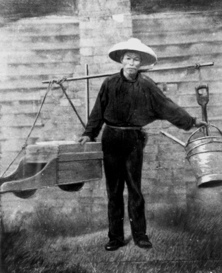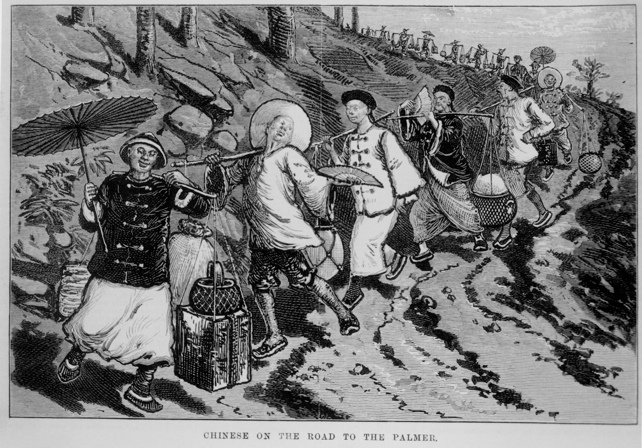There are at present located on the Palmer 15,000 Chinese… Besides this loss of wealth they displace a large number of the European gold miners, who contribute so largely to swell the revenue and who also invest their earnings towards the further development of the resources of the colony.
Yes, if immediate steps are not taken John [China] will monopolise the labor of the mines, the farms, the railroad, and the factory, and our colonial youths left as drones in the market. Even so near home as Cooktown we find already the Chinese drayman, packer, carter, publican, doctor, aye, shame to say, that even the telegraph messenger is of Chinese extraction. The free labor of the European and the servile labor of the Chinese cannot exist together. 
JF Conway, Northern Miner, 26 May 1877.


